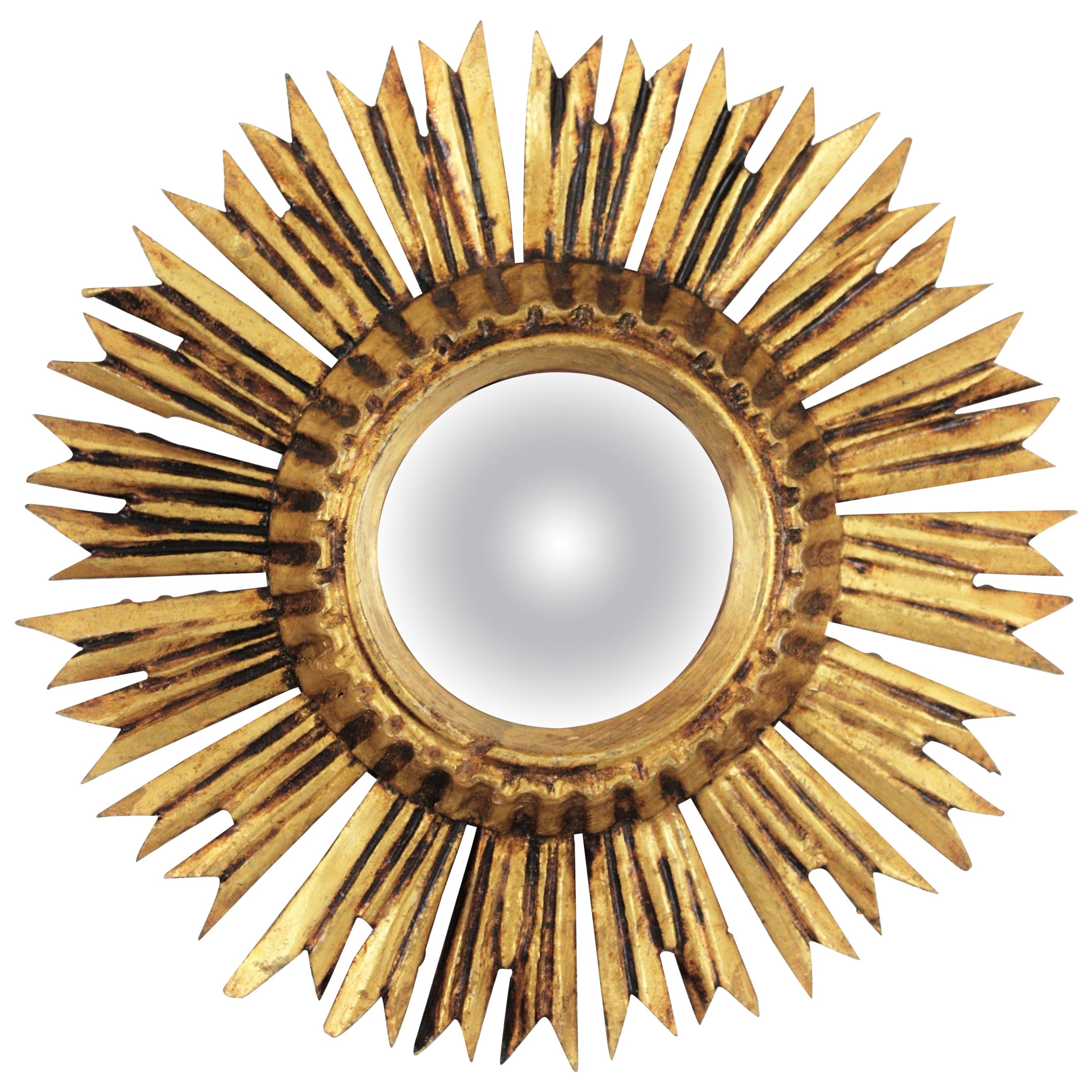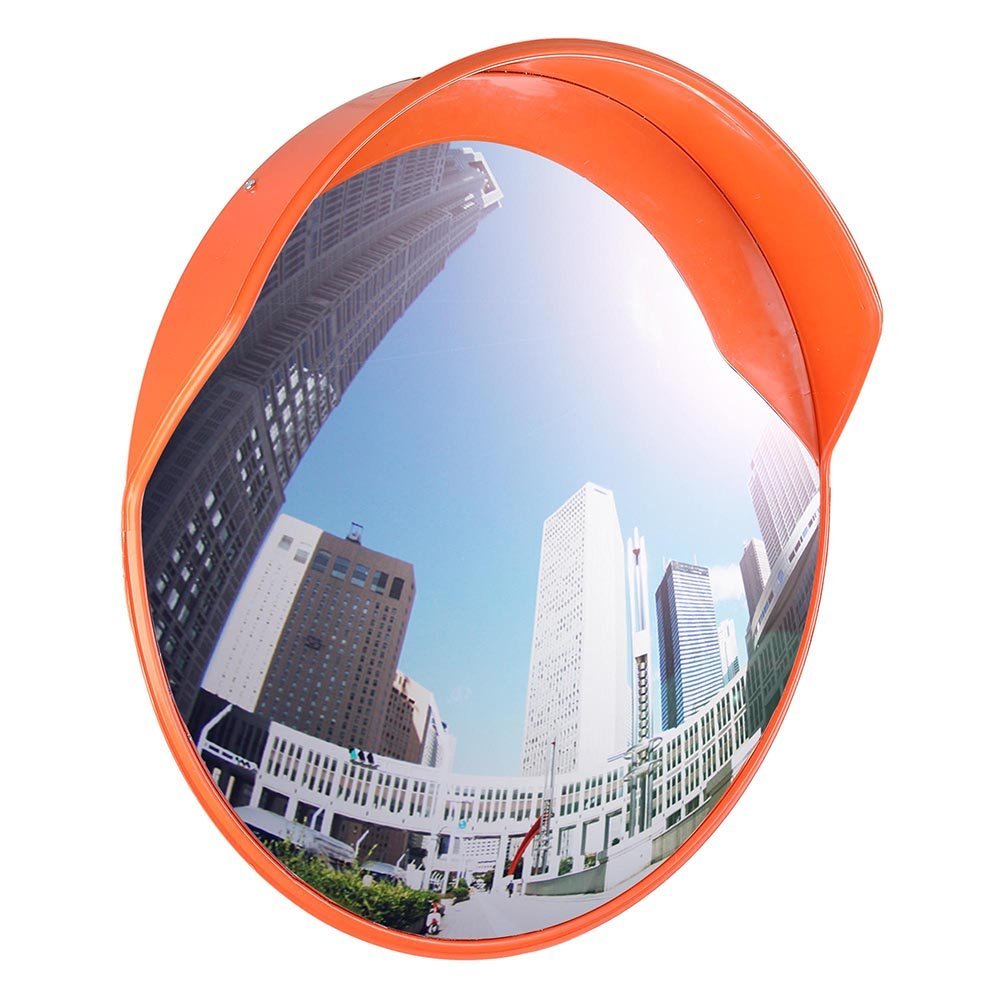

Please note: Any items that are monogrammed, customized, Customer's Own Material (COM), or made-to-order cannot be modified, cancelled, returned or exchanged unless damaged or defective. If you receive damaged or defective merchandise, you may contact our Customer Service department at 1-80 and a representative will be glad to arrange a return or exchange for you. Please carefully inspect your order upon delivery.
#CONVEX MIRROR FULL#
All products are guaranteed from defects for a full year. If for any reason you are dissatisfied with your purchase, simply return it within 90 days of the ship date for an exchange or refund (excluding Shipping & Processing fees).
#CONVEX MIRROR FREE#
Free High School Science Texts Project, Geometrical optics: Mirrors.License: CC BY-SA: Attribution-ShareAlikeĬC LICENSED CONTENT, SPECIFIC ATTRIBUTION convex: curved or bowed outward like the outside of a bowl or sphere or circle.concave: curved like the inner surface of a sphere or bowl.virtual image: A virtual image occurs when light rays do not actually meet at the image.Spherical Mirrors: This figure shows the difference between a concave and convex mirror. The center of curvature is the point at the center of the sphere and describes how big the sphere is. Spherical mirrors can be either concave or convex. This section will cover spherical mirrors. A virtual image is right side up (upright). Instead, you “see” the image because your eye projects light rays backward. A virtual image occurs when light rays do not actually meet at the image. A real image occurs when light rays actually intersect at the image, and is inverted, or upside down. An image formed by reflection may be real or virtual. The object is the source of the incident rays, and the image is formed by the reflected rays. This image that appears to be behind the mirror is called the image. When you place an object in front of a mirror, you see the same object in the mirror. Mirrors are made by putting a thin layer of silver nitrate or aluminium behind a flat piece of glass. If the light ray hit the object at a 30 degree angle, it will be reflected back at a 30 degree angle.Ī mirror is a reflective surface that light does not pass through, but bounces off of and this produces an image. When this happens, we say the ray hit the mirror normally. If, for example, a light ray leaves the top of an object travelling parallel to the principal axis, it will hit the mirror at a 0 degree angle, and be reflected back at 0 degrees. The angle in which a light ray hits the mirror is the same angle in which it will be reflected back. Continue for other extreme points on the object (i.e.Draw the incident ray for light traveling from the corresponding point on the object to the mirror, such that the law of reflection is obeyed.Pick one point on the image and draw the reflected ray that travels to the eye as it sees this point.Place a dot at the point the eye is located.The image size is also the same as the object size. Draw the image of the object, by using the principle that the image is placed at the same distance behind the mirror that the object is in front of the mirror.Draw the object as an arrow in front of the mirror.The principal axis is an imaginary line that is drawn perpendicular to the mirror. Draw the plane mirror as a straight line on a principal axis.These are the steps you follow to draw a ray diagram: These diagrams can be used to find the position and size of the image and whether that image is real or virtual. The way that we can predict how a reflection will look is by drawing a ray diagram. These images are also parity inverted, which means they have a left-right inversion. The image is also the same size as the object. In flat, or plane mirrors, the image is a virtual image, and is the same distance behind the mirror as the object is in front of the mirror. You are fooled into seeing an image! A virtual image is right side up (upright).


A “virtual” image occurs when light rays do not actually meet at the image. A “real” image occurs when light rays actually intersect at the image, and become inverted, or turned upside down. When you place an object in front of a mirror, you see an image of the same object in the mirror. These mirrors are made by putting a thin layer of silver nitrate or aluminium behind a flat piece of glass. The most common mirrors are flat and called plane mirrors. \)Ī mirror is a reflective surface that does not allow the passage of light and instead bounces it off, thus producing an image.


 0 kommentar(er)
0 kommentar(er)
